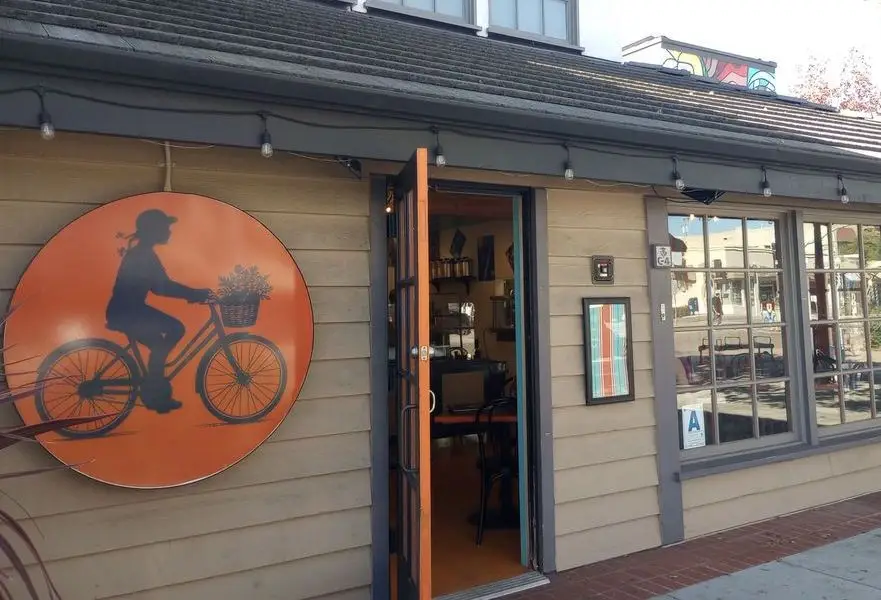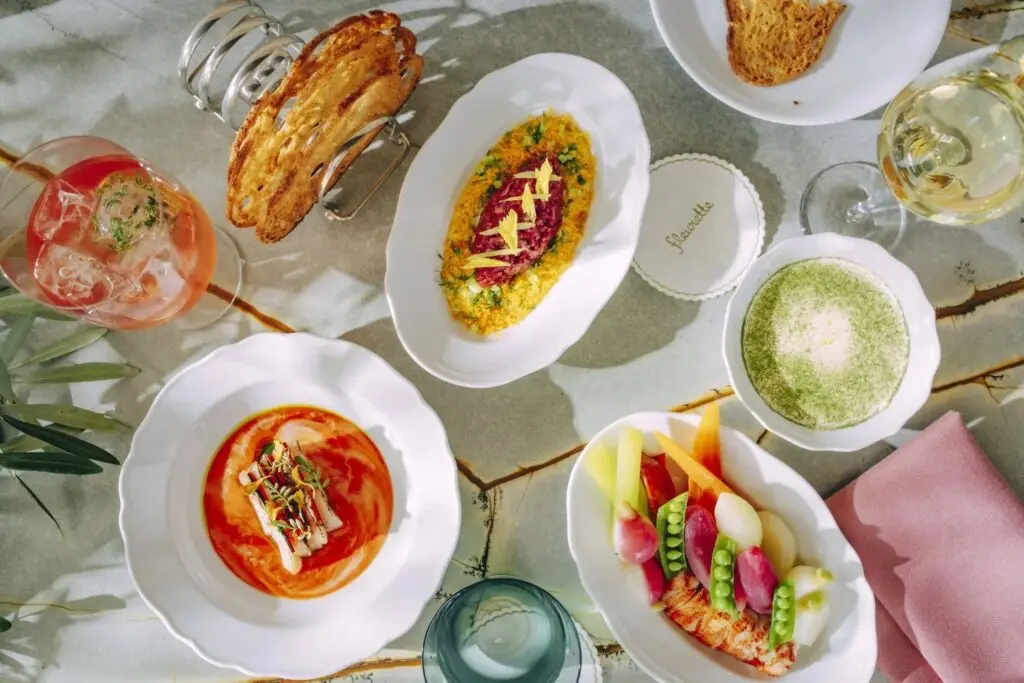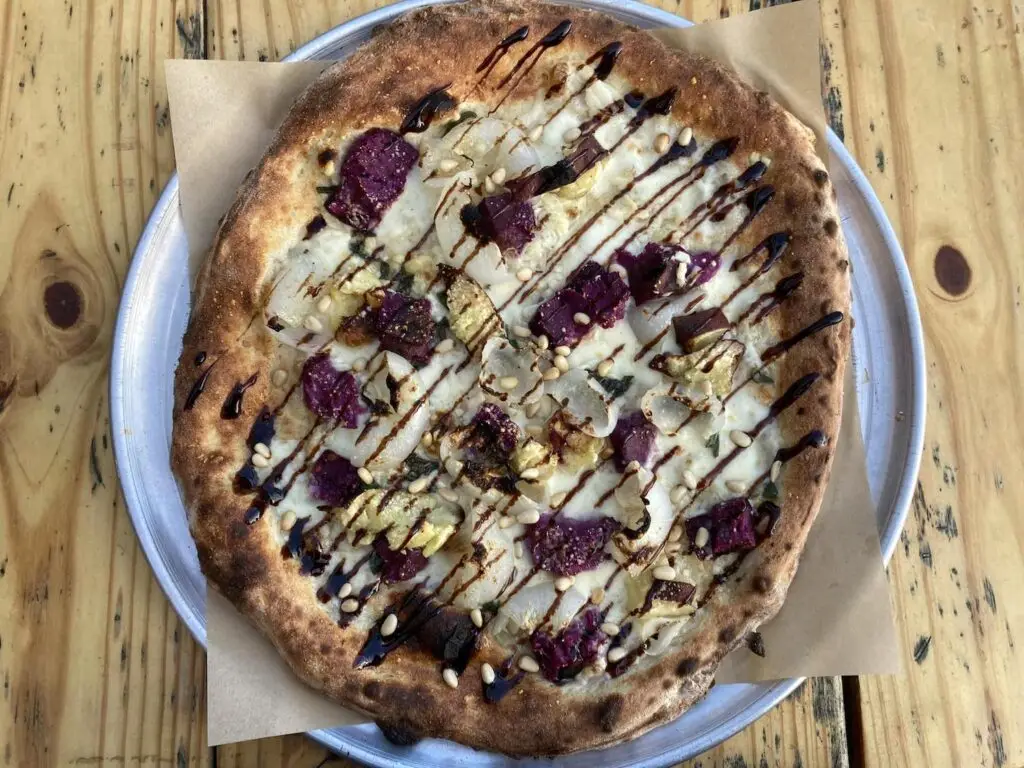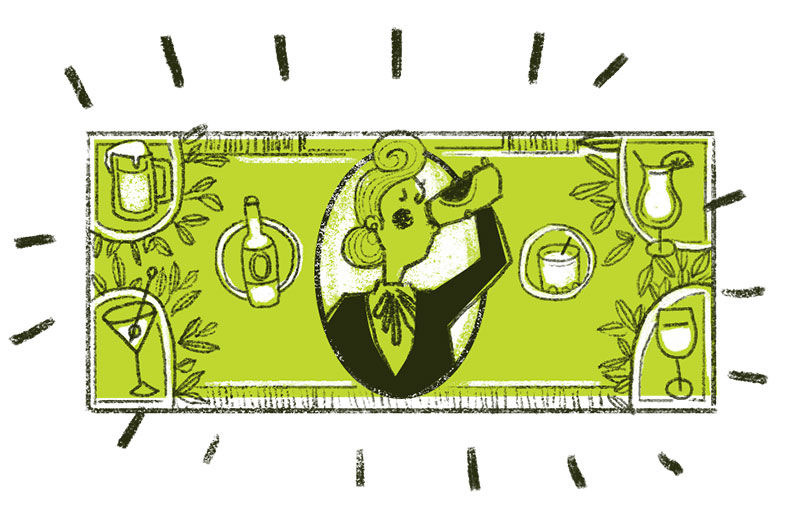“Happy hour is a discretionary evil for restaurants,” says Tom Penn, principal at Real Restaurant Solutions, where he works with 10 ownership groups totaling 72 restaurants in town, including Ironside Fish & Oyster and Waterfront Bar & Grill in Little Italy.
“Traditionally it has been a way for restaurants to generate more traffic and interest during their quiet time, and to create early evening energy and cement relationships. But the restaurant business is met with so much discounting, whether it’s offering Groupons or a delivery service like DoorDash that charges the restaurant. On every level, restaurants are being hit in light of the minimum wage increase.”
Because every bar and restaurant is different in terms of product costs or what the competition is doing, no one equation works across the board. Some will discount the food but not the drinks.
For example, Ironside charges $1 for oysters, which is basically their cost, while the cocktail menu stays regular price. Others do the opposite, offering discounts on drinks but not food. Or, instead of discounting, they’ll do a value-add of two for the price of one. Penn says it’s more common to discount the food and recover it on the bar side.
“Profit margins are low in the restaurant industry. The owner takes maybe six pennies on the dollar after paying all expenses and taxes.”
Penn warns against the strategy of smaller portions for cheaper, as the regulars will notice.
“Happy hour is an off-period—like getting a lower airfare. When you travel to a restaurant at 5 p.m., you expect the same route and destination for less. So smaller portions don’t work.”
And, uh, if you water down our drinks, we will notice that, too.
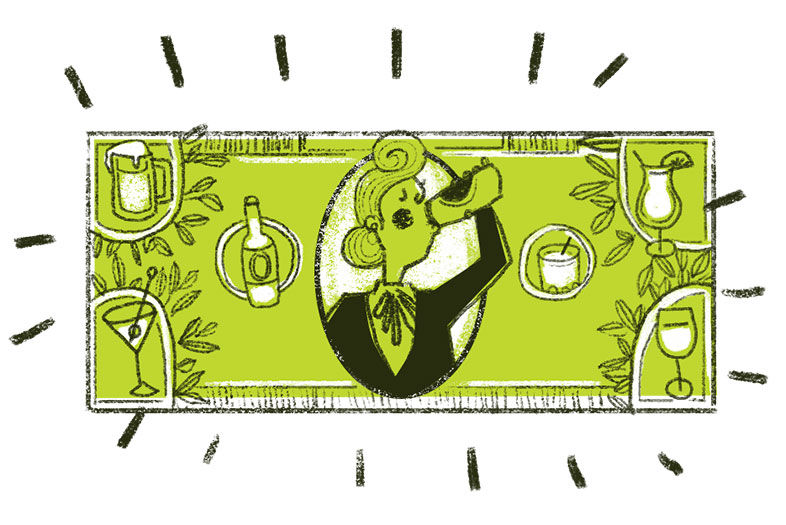
The Business of Happy Hour
PARTNER CONTENT
Illustration by Ashleigh Corrin
